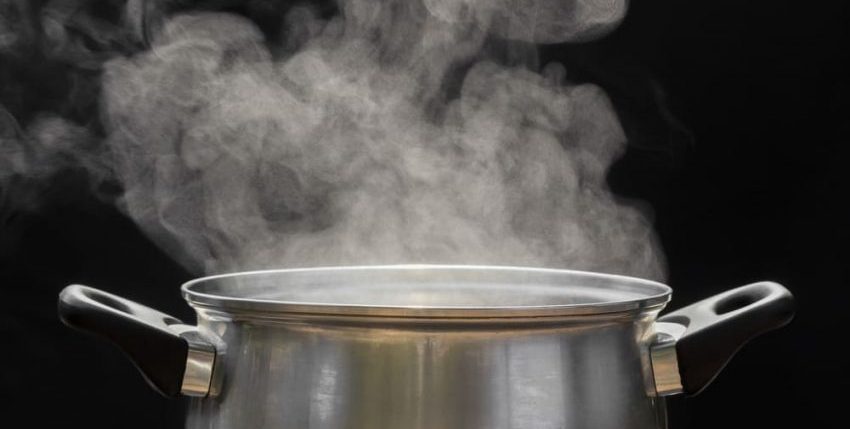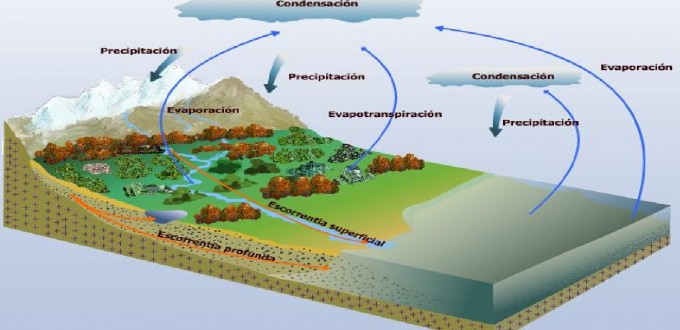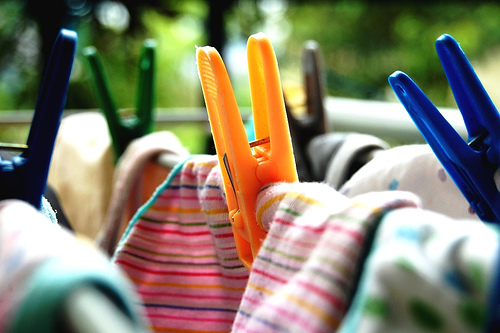The evaporation It is the physical process by which matter passes from a liquid state to a gaseous state. It is a slow and gradual process that occurs when matter in a liquid state receives a certain amount of temperature. For instance: When the temperature rises, the water changes from a liquid state to water vapor.
Many of the evaporation processes occur in natural way. Evaporation is one of the phases of the water cycle.

Evaporation occurs only in the liquid surface. Some liquids evaporate faster than others at the same temperature. In the case of water, evaporation occurs when the molecules in the liquid state move faster due to the increase in temperature, gain energy, break the surface tension of the liquid and are released in the form of vapor.
Evaporation should not be confused with boiling, which only occurs at a specific temperature level for each substance. Boiling occurs when the vapor pressure of the liquid equals the pressure surrounding the liquid and all the molecules in the liquid exert pressure and transform into gas. Evaporation is a process that occurs with increases in temperature below the boiling point. Both are types of vaporization.
Evaporation in the water cycle
Evaporation is a key process within the hydrological cycle. The water from the surface of the earth (lagoons, rivers, seas) evaporates by the action of the sun. Part of the water vapor that evaporates into the atmosphere also comes from living beings (through perspiration).
The water vapor reaches the upper layers of the atmosphere, there the condensation process takes place: the gas cools due to the low temperature of the upper layers of the atmosphere and turns into a liquid. The water droplets form clouds and then fall to the earth’s surface in the form of precipitation or snow to start a new cycle.

Examples of evaporation
- Wet clothes hanging out in the open.
- The puddles that form after the rain evaporate with the sun.
- The formation of clouds (they originate from the evaporation of water from the earth’s surface).
- Water vapor from a saucepan over the fire.
- Melting an ice cube at room temperature.
- Evaporation from a glass of alcohol or ether placed at room temperature.
- The smoke coming out of a hot cup of tea or coffee.
- A wet floor dries out due to the evaporation of water.
- Water vapor released under high pressure from inside a boiler.
- The sweat that arises on the skin when we exercise and then disappears (due to progressive evaporation).
- The evaporation of salty sea water, leaving sea salt behind.

